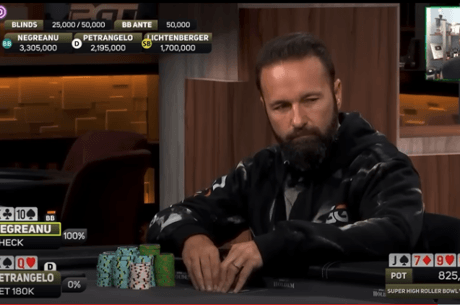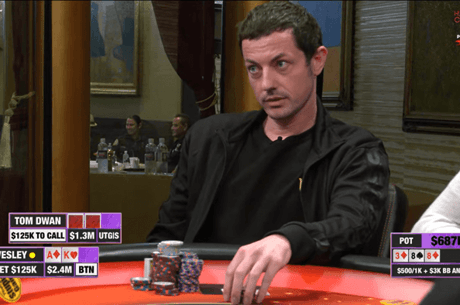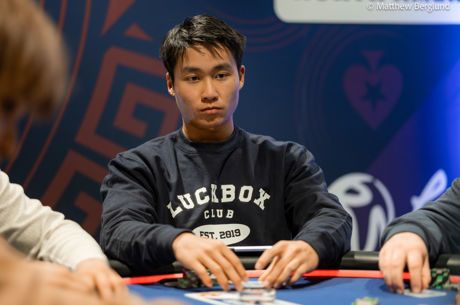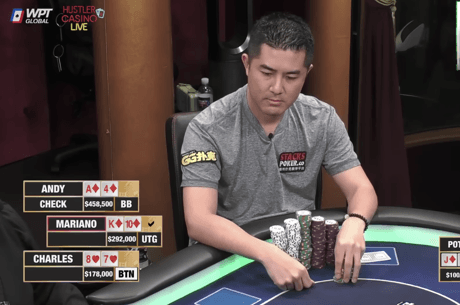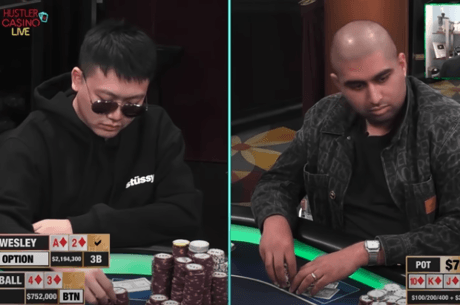Playing a Draw Multiway Can Be a Really Tough Spot

In August 2019, I was fortunate enough to take down the Seminole Hard Rock Poker Open Event #15: $2,200 NLH 8-Handed, besting a field of 211 runners and capturing a $97,160 top prize. Last week I talked about a big hand on how to best play ace-king against a tight-aggressive (TAG) opponent, which ultimately led to me firing a second bullet.
This week’s hand is from the same tournament and took place shortly after I re-entered. I was sitting with 30K (20 BBs) with the K♣Q♣ under the gun and raised to 3,500 with the blinds at 500/1,500/1,500.
Action folded around to the player on the button (40 BBs) who called. The big blind (100 BBs) also called and it was three-way action to the 7♠5♠4♣ flop. In this scenario, we are just going to check-fold as the flop connects very well with the big blind. If I continue, the big blind will just check-shove if he caught any part of it.
"I do not want to be raising here with anything as my opponent has the raise and nut advantage."
While I planned to check-fold the flop, action actually checked around and we turned a flush draw when the 7♣ paired the board. The big blind now bet 4,000, or a third of the pot. Does the big blind have any or many sevens in their range for trips? The answer is yes. He would defend against my preflop raise with a lot of hands that contain a seven, so I do not want to be raising here with anything as my opponent has the raise and nut advantage. As such, I should not have a raising range at all.
As a shallow stack, I was willing to take more risks, like calling to see if I get there. The button calls as well, maybe with an overpair or some sort of draw, and the Q♦ appeared on the river.
The big blind checked and we can be relatively sure he doesn’t have a seven, otherwise he’d value bet and try to get called. I think we have the best hand in this scenario a lot, but the question is should we value bet? Just because we have the best hand does not mean we should value bet. It’s a very important concept. You want to make sure that when you bet you can still get called by worse hands a decent amount of the time.
Here, we have to be pretty confident we have the best hand to bet in this spot, and I was confident. I bet 14,000 hoping to get called by an under pair, and in hindsight, I think it was too much. A bet size like 8,000 would’ve been better as a hand like pocket eights would for sure call.
As it happened, the button called and the big blind folded. I tabled my hand, my opponent mucked, and I won the hand.
For a more thorough breakdown of this hand, check out the following video:
Jonathan Little is a professional poker player and author with over $7,000,000 in live tournament earnings. He writes a weekly educational blog and hosts a podcast at JonathanLittlePoker.com. Sign up to learn poker from Jonathan for free at PokerCoaching.com. You can follow him on Twitter @JonathanLittle.





